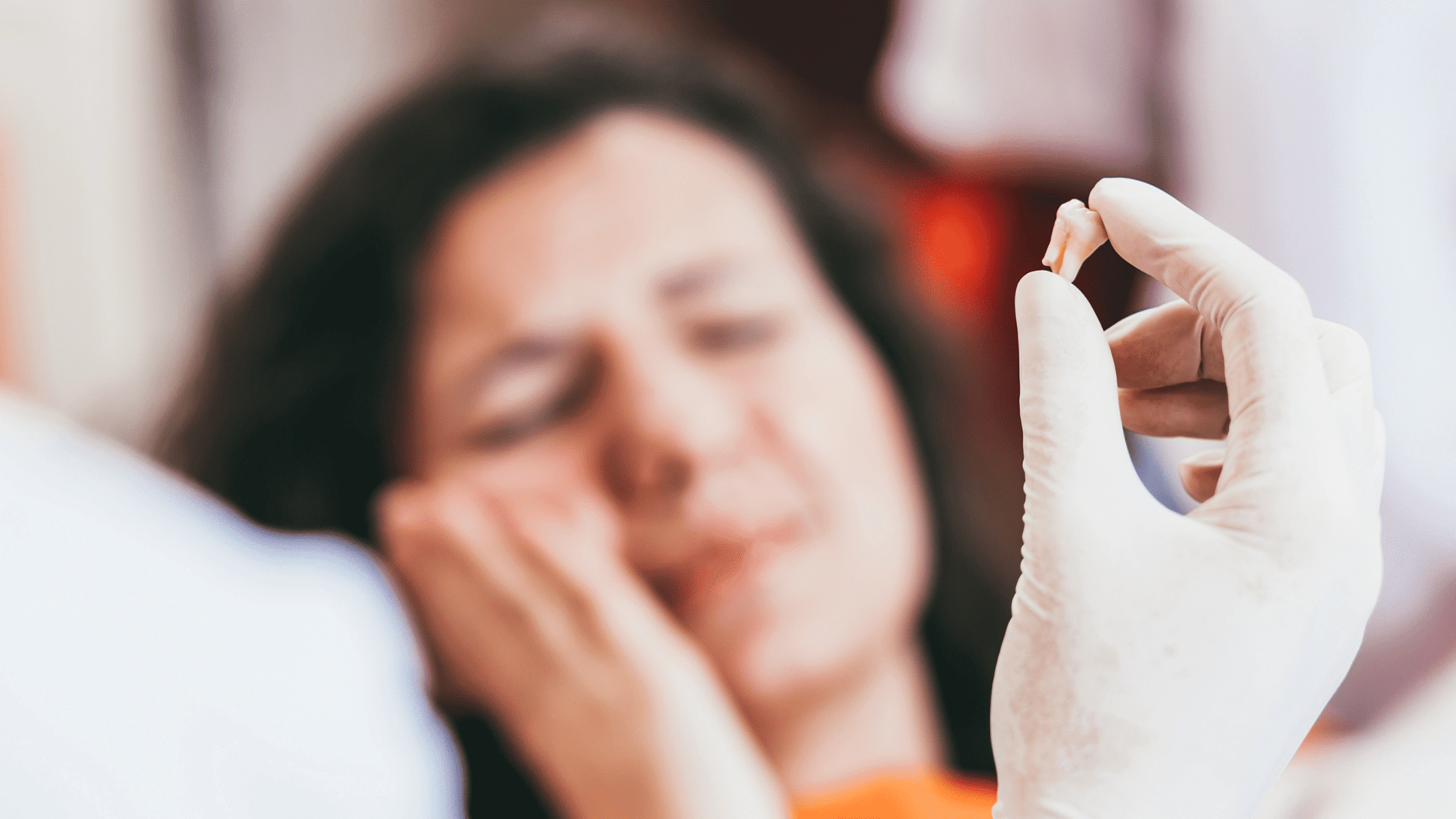How Long Should You Wait to Exercise After Tooth Extraction
Tooth extraction is a common dental procedure that requires a period of recovery, not just for the site of the removal but for the body as a whole. One question that arises post-procedure is regarding the resumption of exercise. This blog provides insights into the timeline and considerations for returning to physical activity after tooth extraction.
Understanding the Recovery Process
Following a tooth extraction, the body initiates a healing process that starts with blood clot formation in the socket. This clot serves as the foundation for new tissue growth and is critical to a smooth recovery. Dislodging it can lead to complications, such as dry socket, a painful condition where the clot is removed, exposing the bone and nerves.
The First 48 Hours
In the immediate 48 hours following your extraction, physical exertion can increase blood pressure and disrupt the formation of the blood clot. Activities that raise the heart rate, such as running, biking, or lifting weights, are not recommended during this period. A rise in blood pressure can cause bleeding and may slow down the healing process.
Transitioning Back to Exercise
After the initial two-day period, your body is still in a state of recovery. It’s essential to gradually reintroduce exercise. Light walking or gentle movement can be beneficial to your overall well-being and may enhance circulation, which aids the healing process.
One Week Post-Extraction
Typically, after one week, you may consider resuming more moderate forms of exercise. However, it remains critical to monitor for any signs of bleeding or discomfort, as these may indicate that you are exerting yourself too soon. Contact sports or heavy lifting should be avoided until you have clearance from your dental professional.
Personal Factors that Affect Recovery
Individual recovery times can vary based on several factors, including the complexity of the extraction, the individual’s general health, and how closely post-operative care instructions are followed. Consult your dentist to understand your specific situation.
Signs to Pause Exercise
At any point in your recovery, if you experience symptoms such as throbbing pain, swelling, or bleeding, these are signs that you need to reduce your activity level and consult your dentist.
Professional Advice is Key
Always follow the specific guidance provided by your dentist, as they have the most knowledge about your individual case. They can provide a personalized timeline for when you can safely return to your regular exercise routine.
At Dr. Molly Rodgers Dental in Edmonton, Canada, we prioritize your recovery and long-term oral health. We understand the role that exercise plays in maintaining overall health and provide tailored advice to ensure you can return to physical activity safely after tooth extraction.
For residents of Edmonton and the surrounding areas, Dr. Molly Rodgers Dental is your resource for safe and effective dental care. Contact us to schedule an appointment and experience the attentive, professional care we offer to every patient.

